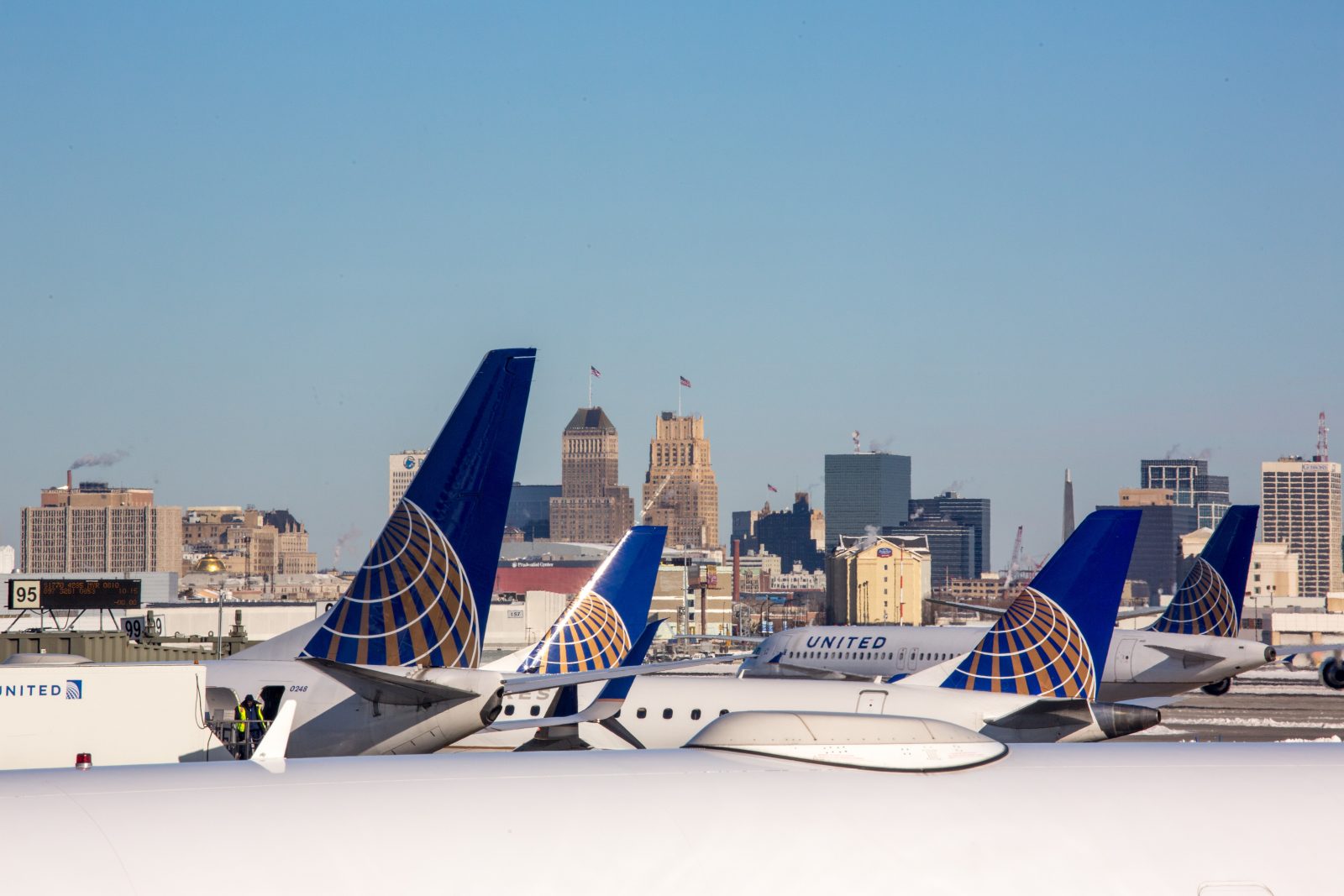
Seven United Airlines flight attendants were allegedly allowed to board a flight and fly from Newark (EWR) to London Heathrow (LHR) after one of their colleagues tested positive for COVID-19 according to sources at the airline.
The flight attendants had all worked on United Airlines flight UA15 from London to Newark on October 20 but one of the eight crew members operating the flight was subsequently taken ill and went on to test positive for COVID-19.
The crew member was immediately told to quarantine and is believed to have been provided with medical assistance and support. But in spite of the positive diagnosis, the seven other London-based crew members were allowed to fly back to Heathrow.
It’s understood that the flight attendants were deadheaded back home and would not have been operating or serving passengers. Fellow flight attendants, however, have voiced alarm that the crew members were allowed to fly at all on the nearly seven-hour flight after potentially being exposed to the novel Coronavirus.
In June, United introduced mandatory passenger health declarations that ask customers whether they’ve either tested positive for COVID-19 or had close contact with someone who has in the past 14 days. If passengers answer that they have, they are barred from boarding.
In response to a request for comment, United said the health and safety of its crew members and passengers was its “highest priority”. A spokesperson did not deny that the flight attendants had been allowed on board a flight despite having potentially been in close contact with an infectious person.
In an emailed statement, United said it protected crew member and customer safety through “various policies and procedures as part of a multi-layered approach to create a safer travel environment”.
Those measures include the mandatory wearing of face masks for all customer-facing staff and passengers. Flight attendants are expected to wear a face mask from the time they enter the airport, right through to the time they get to their hotel room.
“We follow the direction of governmental health authorities, including the CDC, who make the determination whether or not to contact anyone who was in close contact with someone who has tested positive,” the spokesperson continued.
In this case, it would appear that contact tracers didn’t make a request for the crew members to self-isolate. United says its shares passenger and crew manifests with health officials for the purposes of contact tracing.
The Centres for Disease Control and Prevention (CDC) says it recorded 1,600 COVID-19 related investigations linked to commercial aircraft between January and August. It remains rare, however, for health officials to deem it necessary to contact passengers and crew who have been on those flights and ask people to self-isolate.
Earlier this year, Delta faced criticism for asking its flight attendants not to share details of their positive COVID-19 test results with colleagues on social media. Instead, the airline said it had its own contact tracing team in place and would only contact staff if a risk assessment deemed it necessary.
Despite this recent case, United says COVID-19 rates amongst its flight attendant community is much lower than the general U.S. population. Recent research conducted in partnership with the Department of Defense concluded the chance of contracting COVID-19 on an aircraft is incredibly slim.
The London flight attendant base was the only one of four international bases to survive closure after airline management shutdown outposts in Frankfurt, Tokyo and Hong Kong. London crew are now working many of the services between Heathrow and Newark.
Mateusz Maszczynski honed his skills as an international flight attendant at the most prominent airline in the Middle East and has been flying ever since... most recently for a well known European airline. Matt is passionate about the aviation industry and has become an expert in passenger experience and human-centric stories. Always keeping an ear close to the ground, Matt's industry insights, analysis and news coverage is frequently relied upon by some of the biggest names in journalism.







